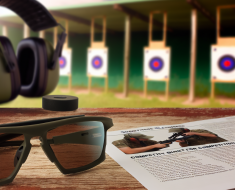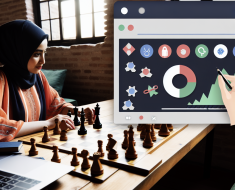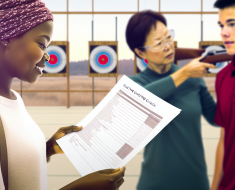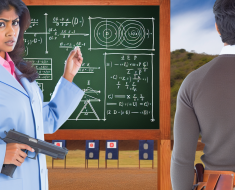How to Use Video Replay for Self-Critique
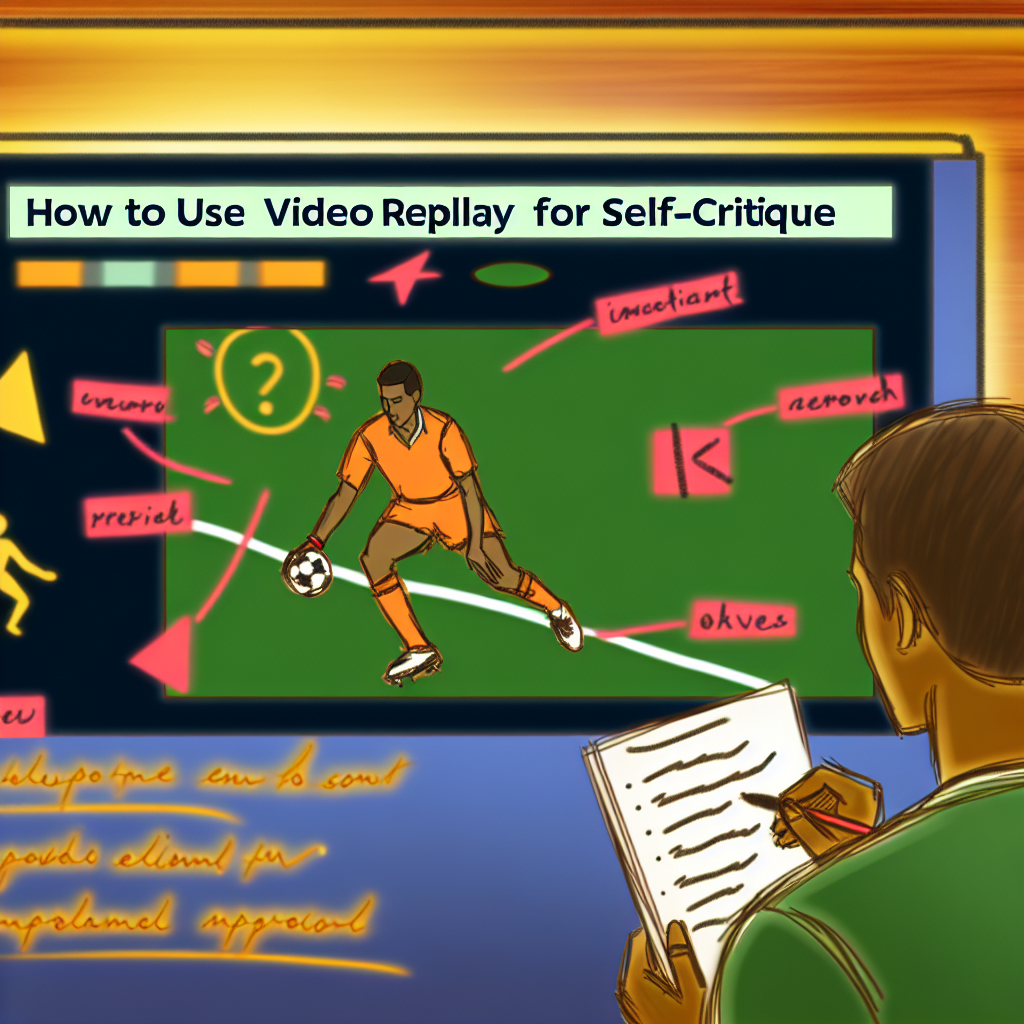
In an era dominated by digital technology and instant feedback, video replay has emerged as a powerful tool for self-improvement. Whether you’re an athlete, a public speaker, a teacher, or simply someone striving for personal growth, watching yourself in action offers unique insights that can transform your performance. This article explores how to effectively use video replay for self-critique, offering practical strategies supported by research and real-world examples.
The Power of Visual Feedback: Why Video Replay Matters
Visual feedback is a critical component of learning and development. Unlike verbal feedback, which can be subjective or delayed, video replay provides an objective record of your actions and behaviors. Studies in psychology and education have shown that people often gain deeper understanding when they see themselves performing tasks rather than just hearing about them.
For example, a 2019 study published in the Journal of Sports Sciences demonstrated that athletes who used video analysis as part of their training routines improved their skills 30% faster than those relying solely on coach feedback. This is because video allows individuals to spot nuances—such as posture, timing, or tone—that might otherwise go unnoticed.
- Objective assessment: Video removes guesswork by showing exactly what happened.
- Repetition: You can watch multiple times to catch subtle details.
- Self-awareness: Seeing yourself builds greater awareness of habits and tendencies.
Setting Up Your Video Replay System for Effective Self-Critique
The first step toward meaningful self-review is setting up a system that suits your goals. The equipment doesn’t need to be expensive or complicated; even smartphones with good cameras can suffice. However, the setup should ensure clarity and consistency to make your analysis reliable.
Key considerations include:
- Camera placement: Position the camera where it captures the most relevant angles. For example, athletes may need side and front views; speakers might want a clear shot of facial expressions and gestures.
- Lighting and sound quality: Good lighting ensures visibility, while clear audio helps when analyzing speech or sound-related activities.
- Recording length: Keep recordings concise to avoid overwhelming yourself during review sessions. Focus on key moments or segments relevant to your goals.
- Consistent conditions: Try to record under similar conditions each time so you can track genuine progress rather than changes caused by external factors.
A practical example comes from professional dancers who often use multi-angle recordings during rehearsals. This approach allows them to view their movements from different perspectives, identifying alignment issues or timing errors more effectively.
Techniques for Analyzing Your Video Replays
Watching yourself can be uncomfortable at first—few people like seeing their mistakes highlighted. However, approaching the process systematically can turn it into a constructive experience rather than a discouraging one.
Create Clear Objectives Before Watching
Aimless viewing leads to vague observations. Instead, define what aspects you want to focus on based on your goals. For example:
- If you’re working on public speaking, focus on eye contact, filler words, body language, or pacing.
- If you’re an athlete, observe form, speed, coordination, or reaction time.
- If you’re learning an instrument or performing arts skill, concentrate on technique accuracy or emotional expression.
Taking Notes and Using Tools
Taking notes while watching helps organize thoughts and track progress over time. Consider using tools like video annotation software that allow you to mark specific moments with comments or timestamps for easier review later. Popular apps such as Hudl (used by many sports teams) enable detailed frame-by-frame analysis along with collaborative feedback if desired.
Break Down the Playback Into Segments
A full-length recording might be overwhelming at once. Break it into smaller sections focusing on one skill or behavior at a time. This targeted approach improves focus and reduces cognitive overload during self-assessment sessions.
The Importance of Comparing Past Performances
A crucial part of self-critique is tracking improvement over time. Save your videos chronologically so you can compare early attempts with recent ones. Seeing tangible progress reinforces motivation and highlights which adjustments worked well—or need refinement.
Avoiding Common Pitfalls: How Not to Use Video Replay
While video replay is highly effective when used correctly, misuse can lead to frustration or negative self-perception. Here are some common pitfalls to avoid:
- Over-focusing on flaws: It’s natural to notice mistakes first but fixating exclusively on errors leads to discouragement rather than growth.
- Lack of context: Judging performance without considering external factors such as fatigue or environment may give misleading conclusions.
- No action plan: Watching videos without setting goals for improvement wastes valuable time; always pair critique with concrete next steps.
- Ineffective frequency: Too frequent reviews can cause burnout; too rare means missed opportunities for timely correction.
A well-known case involves amateur golfers who obsessively watch every swing without structured guidance




